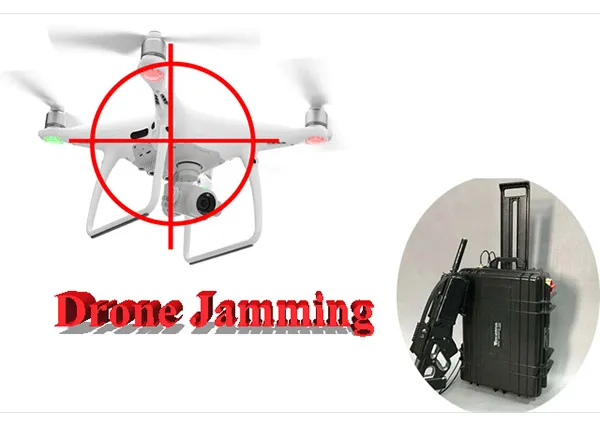The rapid proliferation of consumer drones poses a security threat. Portable drone signal jammers are used to combat rogue consumer drones. Their shortcomings can be compensated for by being deployed alongside other counter-UAV systems.
It was recently reported that Venezuelan President Nicolas Maduro survived an assassination attempt by a drone carrying explosives. If this story is true, then it's worth asking if there are good defenses against such attacks. The answer is yes."
When the word "drone" was mentioned in the 1990s, it was common to think of "Predator" - an eight-meter-long unmanned aerial vehicle (UAV) operated by the US military. Armed with guided missiles, the Predator is not only an extremely effective surveillance platform, but also a highly controversial killing machine. Since then, drone technology has been commercialized.
Today, civilians fly drones for a variety of purposes. From mapping inaccessible caves to monitoring crops for farmers to delivering pizzas, drones are no longer the preserve of high-tech militaries and law enforcement. Drones, which usually cost no more than a few hundred dollars, can now be easily purchased by the public.
Rapid advances in communication and navigation technology are also making it easier for consumer drones to fly. Built-in features such as the Global Positioning System (GPS) keep it stable in the air, while a powerful receiver lets it fly high and far. This means that almost anyone can easily operate a drone.

Even so, this "democratisation" of drones - taking the technology out of military control and into the hands of individuals and companies - has created a new set of security challenges.
Nowadays, roaming drones that fly in restricted airspace around airports and endanger aircraft are not unheard of. In fact, from January 2016 to November 2016, the UK reported 64 missed misses between drones and aircraft. In July 2014, an errant consumer drone even flew within six metres of a passenger jet advertised as he was preparing to land at Heathrow Airport in London. A drone striking an aircraft engine while it is still in the air could cause the aircraft to crash due to loss of engine thrust.
There have been other high-profile cases of consumer drones endangering the safety of people on the ground. For example, in April 2015, a drone piloted by an anti-nuclear activist landed on the roof of Japanese Prime Minister Shinzo Abe's office in Tokyo. Rogue drones were carrying radioactive sand from Fukushima.
It now appears that drones carrying explosives are being used to launch attacks on VIP guests. Going further, one can imagine mass hysteria if a rogue drone dropped a toxic substance (or even just talcum powder) on a major sporting event or ceremony.
Criminals are also using consumer-grade drones for illegal purposes, such as smuggling contraband into prisons. Last year, drones were used to deliver packages containing mobile phones, cigarettes, marijuana and razor blades at Handlon Correctional Institution in Michigan, USA.
In order to evade detection by law enforcement officers, criminals even spray paint drones black and tape navigation lights. Under cover of darkness, these makeshift drones are barely visible to the naked eye from a distance.